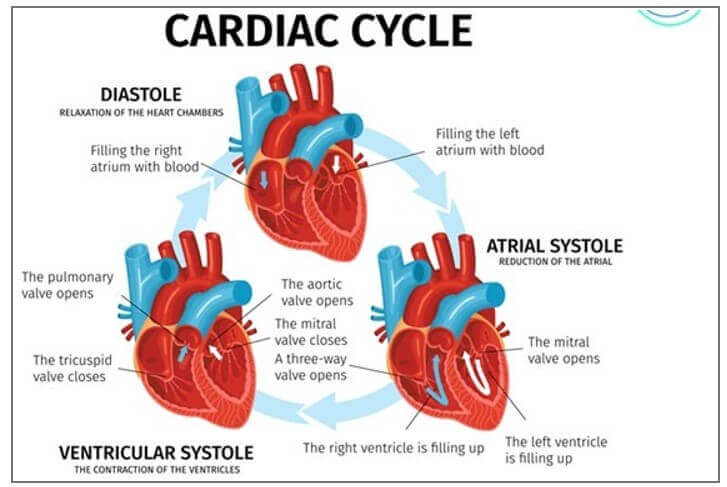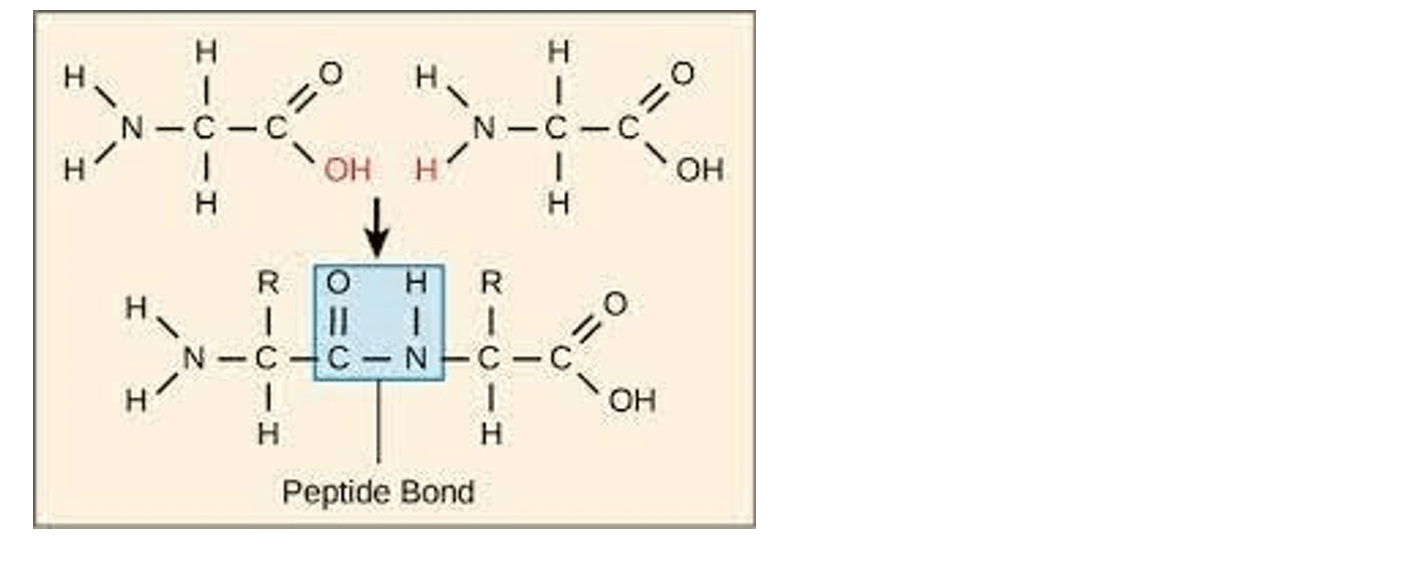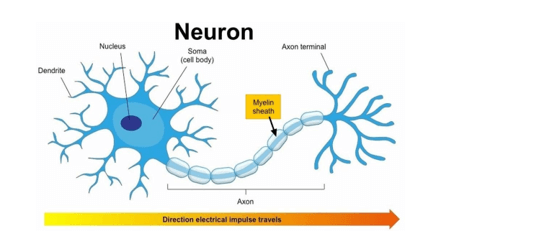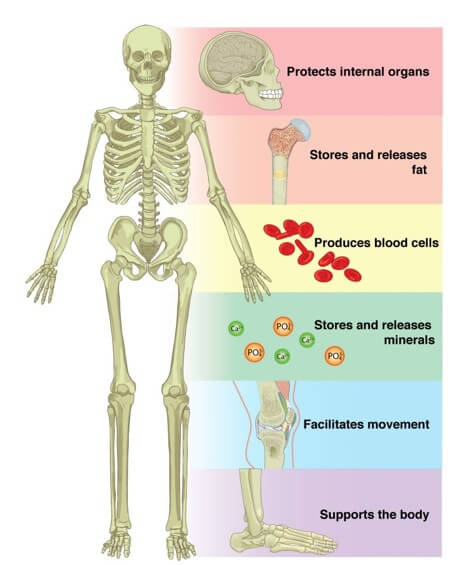Which of the following terms describes the relaxation of the chambers of the heart during the cardiac cycle?
A. Tachycardia
B. Diastole
C. Systole
D. Bradycardia
The relaxation of the chambers of the heart during the cardiac cycle is called diastole ¹. The cardiac cycle is a sequence of events that occurs when the heart beats ². It consists of two phases: systole, when the heart contracts and pumps blood into circulation, and diastole, when the heart relaxes and fills with blood ².
The other options are not correct because they do not accurately describe the relaxation of the chambers of the heart during the cardiac cycle. Tachycardia is a rapid heart rate, bradycardia is a slow heart rate, and systole is the contraction of the heart chambers.

Therefore, the Correct Answer is B.
More Questions on TEAS 7 Science
-
Q #1: Which of the following ions binds to the troponin complex, initiating the contraction of a muscle?
A. Sodium
B. Potassium
C. Calcium
D. Phosphorus
Answer Explanation
When a muscle cell is stimulated by a nerve impulse, calcium ions are released from the sarcoplasmic reticulum into the cytoplasm. The calcium ions bind to the troponin complex, which is a protein that regulates the interaction between actin and myosin filaments. The binding of calcium to troponin causes a conformational change that exposes the binding sites for myosin on the actin filaments. This allows the myosin heads to attach to the actin and pull the filaments past each other, resulting in muscle contraction.
-
Q #2: The covalent bonds between the monomers of an enzyme macromolecule are:
A. Ester bonds
B. Peptide bonds
C. Phosphodiester bonds
D. Glycosidic bonds
Answer Explanation
The correct answer is b. Peptide bonds. Enzymes are proteins, and proteins are made up of amino acid monomers linked together by peptide bonds. A peptide bond is a covalent bond that forms between the carboxyl group of one amino acid and the amino group of another amino acid.
a. Ester bonds are covalent bonds that form between a carboxylic acid and an alcohol.
c. Phosphodiester bonds are covalent bonds that form between a phosphate group and two hydroxyl
groups.
d. Glycosidic bonds are covalent bonds that form between two monosaccharides.

-
Q #3: Experiments cannot validate hypotheses, only falsify them. The statement above can be restated in which of the following ways?
A. a. Until disproved, an explanation for an observation is valid.
B. b. Certain concepts cannot be subjected to direct experimentation.
C. c. A hypothesis that has not been falsified remains provisional.
D. d. Proving a hypothesis exempts it from further testing
Answer Explanation
The statement "Experiments cannot validate hypotheses, only falsify them" can be restated as "A hypothesis that has not been falsified remains provisional." This means that a hypothesis is considered valid until it is disproved by experimental evidence. However, even if a hypothesis has not been falsified, it is still considered provisional and subject to further testing and scrutiny.
a."Until disproved, an explanation for an observation is valid" is similar to the correct answer but does not capture the provisional nature of a hypothesis.
b."Certain concepts cannot be subjected to direct experimentation" is not a restatement of the original statement.
d. "Proving a hypothesis exempts it from further testing" is incorrect because no hypothesis can be definitively proven and all hypotheses are subject to further testing and scrutiny.
-
Q #4: How many times stronger is the hydrogen-ion concentration of a pH 4 solution as compared with a pH 9 solution?
A. 0.00001
B. 5
C. 100,000
D. 50
Answer Explanation
The correct answer is c. 100,000. The pH scale is a logarithmic scale, which means that each change of one pH unit represents a tenfold change in the hydrogen-ion concentration. A pH 4 solution has a hydrogen-ion concentration that is 10^5 (or 100,000) times greater than that of a pH 9 solution.
a. 0.00001 is the hydrogen-ion concentration of a pH 9 solution as compared with a pH 4 solution.
b. 5 is the difference in pH units between a pH 4 solution and a pH 9 solution.
d. 50 is not the correct answer.

-
Q #5: Which of the following terms describes the relaxation of the chambers of the heart during the cardiac cycle?
A. Tachycardia
B. Diastole
C. Systole
D. Bradycardia
Answer Explanation
The relaxation of the chambers of the heart during the cardiac cycle is called diastole ¹. The cardiac cycle is a sequence of events that occurs when the heart beats ². It consists of two phases: systole, when the heart contracts and pumps blood into circulation, and diastole, when the heart relaxes and fills with blood ².
The other options are not correct because they do not accurately describe the relaxation of the chambers of the heart during the cardiac cycle. Tachycardia is a rapid heart rate, bradycardia is a slow heart rate, and systole is the contraction of the heart chambers.

-
Q #6: Which of the following functions does the myelin sheath perform for a nerve cell?
A. Insulation
B. Regeneration
C. Sensory perception
D. Nutrition
Answer Explanation
The myelin sheath is a protective membrane that wraps around parts of certain nerve cells.
Its fatty-protein coating provides protective insulation for your nerve cell like the plastic insulation covering that encases the wires of an electrical cord ².
This allows the electrical impulses to travel quickly and efficiently between one nerve cell and the next. The other options are incorrect because they do not describe the functions of the myelin sheath.
Regeneration, sensory perception, and nutrition are not functions performed by the myelin sheath for a nerve cell.

-
Q #7: A study found two processes, Process A and Process B, to be correlated. Which of the following is true for these processes?
A. The study indicates that Process A causes Process B.
B. The study cannot indicate whether Process A and B have a positive relationship.
C. The study does not indicate a causal relationship between the processes.
D. The study cannot indicate whether Process A and B have a negative relationship.
Answer Explanation
The correct answer is c.
The study does not indicate a causal relationship between the processes. A correlation between two processes means that there is a statistical relationship between them, but it does not necessarily imply causation. In other words, just because two processes are correlated does not mean that one causes the other.
b.The study does not indicate that Process A causes Process B.
b.The study can indicate whether Process A and B have a positive relationship if the correlation is positive.
d. The study can indicate whether Process A and B have a negative relationship if the correlation is negative.
-
Q #8: A researcher wants to gather data on the average wing strength of all birds found in the American Northwest. The researcher only has one small net, so all large birds were excluded from the study. The researcher's results were different than expected, but he believes his data include enough birds to estimate the strength of all birds. For which of the following reasons should this data be rejected?
A. Data contradict the control group
B. Data were different than expected
C. Data are biased by the methodology
D. Data cannot be displayed graphically
Answer Explanation
The correct answer is c. Data are biased by the methodology. The researcher's data should be rejected because they are biased by the methodology used to gather them. By only using a small net, the researcher excluded all large birds from the study. This means that the data do not accurately represent the average wing strength of all birds found in the American Northwest.
A. The data contradicting the control group is not a reason to reject the data in this case.
B. The data being different than expected is not a reason to reject the data in this case.
D. The data not being able to be displayed graphically is not a reason to reject the data in this case.
-
Q #9: Which of the following is a protein present in blood plasma?
A. Monocytes
B. Platelets
C. Fibrinogen
D. Lymphocytes
Answer Explanation
The correct answer is c. Fibrinogen. Fibrinogen is a protein present in blood plasma that plays a key role in blood clotting. When an injury occurs and bleeding begins, fibrinogen is converted into fibrin, which forms a mesh-like structure that helps to trap blood cells and form a clot.
A. Monocytes are a type of white blood cell, not a protein present in blood plasma.
B. Platelets are cell fragments that play a role in blood clotting, but they are not a protein present in blood plasma.
D. Lymphocytes are a type of white blood cell, not a protein present in blood plasma.

-
Q #10: Which of the following is a function of bone?
A. Storage of minerals
B. Detoxification of alcohol
C. Secretion of hormones
D. Production of otoliths
Answer Explanation
The correct answer is a. Storage of minerals. Bones serve as a storage site for minerals such as calcium and phosphorus. These minerals are essential for various bodily functions and can be released from the bones into the bloodstream when needed.
b. Detoxification of alcohol is not a function of bone. This process occurs primarily in the liver.
c. Secretion of hormones is not a function of bone. Hormones are produced and secreted by glands such as the pituitary gland, thyroid gland, and adrenal glands.
d. Production of otoliths is not a function of bone. Otoliths are small calcium carbonate structures found in the inner ear of fish and other vertebrates that help with balance and hearing.

Free Access on TEAS 7 Exams and Study Notes
- Access to all TEAS 7 Exams
- Performance Tracking and Analysis
- Well Documented and Explained Questions and Answers
- 2000+ Questions and Correct Answers: Answers Well Explained
- Libary of Detailed StudyNotes
- Topical Questions and Answers on Examinable topics
TEAS 7 Exams (Q&A)
TEAS 7 Study Notes
TEAS 7 Topical Tests

TEAS 7 Study Guides
Quick Links
Refer a Friend
Refer a friend and claim free unlimited access

© 2024 ExamGates Made with by ExamGates
